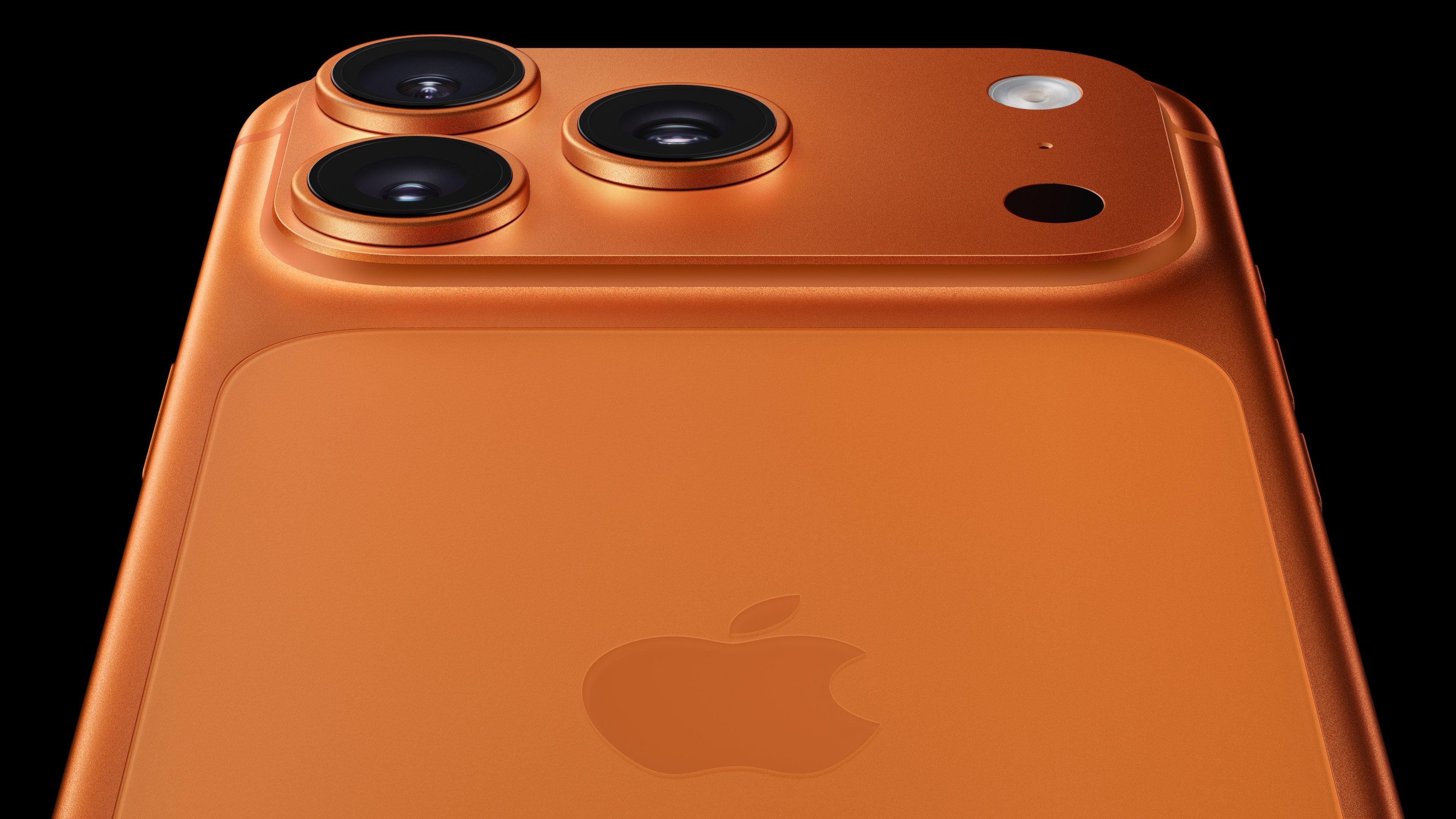When Apple (AAPL +0.58%) launched the iPhone 5 in September, the company promised this year would see the fastest iPhone rollout ever. That would follow up last year's iPhone 4S rollout, which is the current record holder.
After last week's announcement that the iPhone 5 and iPad mini would launch in China this month, Apple today reported that the iPhone 5 will launch in South Korea this Friday, along with more than 50 additional countries later in the month, making good on its promise to offer the device in 100 countries by the end of the year.
In September, the company said it was targeting 240 carriers by the end of 2012, which would cover the vast majority of the approximately 250 carriers around the world that offer the iPhone.
Google's (GOOG +0.99%) flagship Nexus 4 is only available in 7 countries: Australia, France, Germany, Spain, Canada, the U.K., and U.S., all of which are important competitive geographies for the iPhone. The search giant is new to the direct gadget sales game, and the stark contrast in country availability shows that it has a long way to go to catch up. Fortunately, Big G still has a veritable army of OEMs to spread Android. The most important of those is undoubtedly Samsung, whose global scale has done wonders for the platform.
That's also true for Microsoft (MSFT 2.69%), which is also jumping into first-party hardware in the tablet market. Its Surface tablet recently launched in just 8 countries around the world, a modest number that led to a "modest start" in unit sales, according to Steve Ballmer. Mr. Softy similarly has an army of OEMs on its side to peddle Windows 8.
Announcing such widespread availability is a good indication that iPhone 5 supply is catching up with demand in its most important geographies. You can bet that Apple wouldn't be launching the device in such countries as Madagascar and Paraguay unless it felt good about its supply situation in the U.S., Europe, Japan, and Hong Kong.
The same can be said about the fact that Apple just recently began selling unlocked, unsubsidized, and off-contract GSM models, since the market for smartphones selling at full retail price pales in comparison to the subsidized market. For a company that relies as heavily on the subsidy model as Apple does, it naturally focuses its efforts (and inventory) there first and foremost.
The iPhone 5 is indeed catching up with demand. Well done, Mr. Cook.






